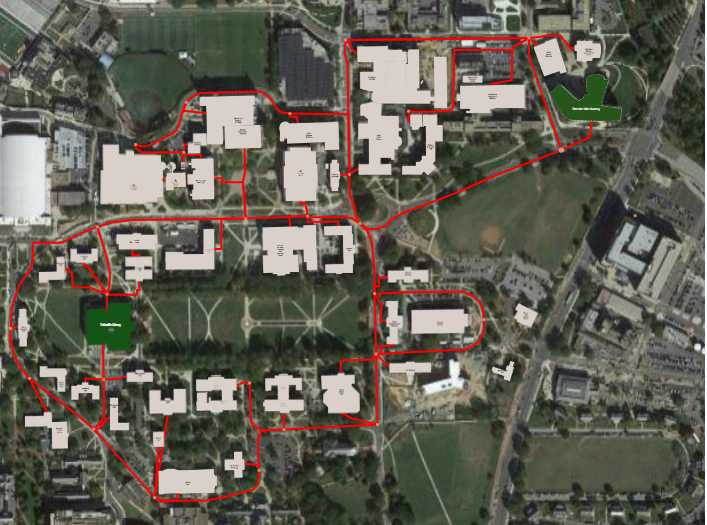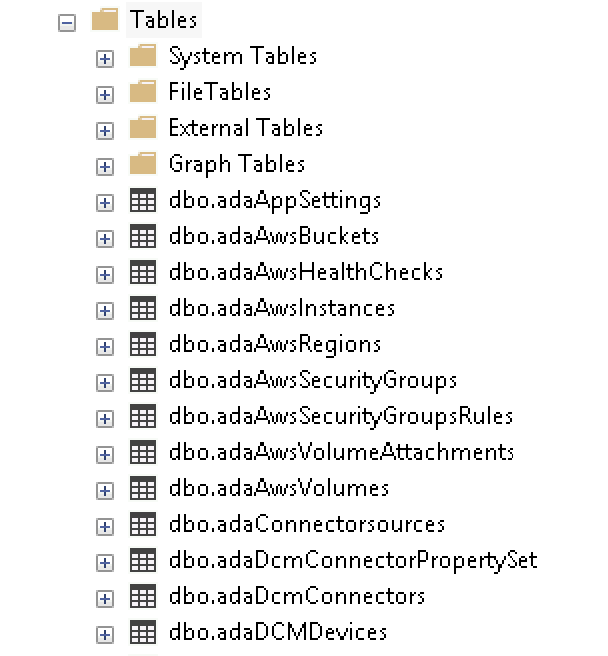
So, you have a system with your network documentation in it. Great, right — but here’s the catch: the system was built on an AS400 mainframe and takes punch cards to update the data?! Are you wondering, ”how the heck do I go about migrating to something a bit newer?”
Good news: it may not be as hard as you think.
 Ready to ditch your old network documenation solution?
Ready to ditch your old network documenation solution?
 Migration to a modern, visual solution can be relatively easy.
Migration to a modern, visual solution can be relatively easy.
Migrating Your Network Documentation: Where’s Your Data?
The first thing you’ll want to work on is: what data is needed when moving to a new system? What is in the old system’s data that you want to use and keep? Maybe it’s a system that is not visual, but more form-based where you can look data up (like Access) — or maybe it’s a system where there are visual elements to the data — for example, something like Visio or netViz?
Migrating Your Network Documentation: Databases
The second thing to do is ask: where is the data stored? Is it in a database with multiple tables? Maybe it’s in an Excel sheet? Perhaps the data is in an embedded database of some software application – or is there no data storage and it’s just part of a file?
When you think ‘database’, it may be something like Oracle, SQL server or Access. As there’s usually more than one table, you’ll likely end up with relationships between the tables: you could have a table that stores the devices like a switch or router but there may be a lookup table for the device location (i.e,: Rack1, Rack 72, Building 101). So, when you think of moving to a new system, consider this: what tables of data exist and how do you get to this data?
Migrating Your Network Documentation: Exporting Your Data
Databases often have a way for you to get the data out of them. It may be through some front-end application like a thick client (installed application) or maybe it’s through a web-based browser. Ultimately, what’s most important is that you really understand what data you want to get out of them and where the data is located. In some cases, for instance, you may be able to run a report that exports data as CSV format. This is easy enough to use typically with Excel import.
Though you may need to manipulate the data a bit so it’s more easily digested by your new solution, getting the data is a good first step. What if there is no export mechanism? Well, you could go straight to the database source: the tables where the data is stored. You may need to stretch your SQL query skills and create a query to get the data. But this is not too hard —especially if you just want to dump all the data out per-table. If you want to get very specific data, and maybe get multiple tables of data, you will probably need to create some more complicated SQL queries — so you may need a Database Administrator (DBA) to help with that.
Migrating Your Network Documentation: Importing into a New Solution
So now you have your data? Great. Next, you need to get it into a format the new system will understand. Network documentation software, like netTerrain, can accept Excel imports so it’s not too complicated to figure out. There are some columns of required data, such as Name and Type. In this case, there is an option for data to help describe objects when importing; these act as additional data for the data fields for the objects. Once you get the hang of the import process for whatever data you’re bringing in to whichever new solution you’re using, you can then mass import a ton of data in a very short period and, hopefully, preserve all the work you have put into your previous system.
 If your new solution can accept Excel imports, you can mass-import data quickly.
If your new solution can accept Excel imports, you can mass-import data quickly.
Migrating Your Network Documentation: No Back-end Database?
What about systems that may not have a back-end database — for example, maybe a system like Visio or netViz? netViz is an old legacy desktop system that was used by thousands of people over many years. We still hear from people that have lots of documentation in this tool. Luckily with netViz or Visio, you have the option to import. In many cases, the documentation/diagrams will come in and be represented in a very similar fashion: not only do you preserve the data and diagrams you’ve worked on, but you also can avoid an extensive learning curve with the new system (well, this is how it works in the case of our software netTerrain, at least).
Migrating Your Network Documentation: Bottomline
Migrating your existing documentation, depending on what you’ve been using and which new solution you select, may seem a little intimidating or time consuming. Don’t let that prevent you from migrating to a new solution. You can always reach out to the vendor of the new solution and see if the work can be turnkey – and, if not, you can easily hire someone who knows your new system and can do the data transfer for you or the imports (the vendor should be able to help you out with this – I know that we do for our network documentation platform netTerrain).
